Indian Ocean Tsunami
Calculating Tsunami Run-Up Height
Sylvia Wijaya
CEE 514 – Coastal Engineering
Introduction
There are many factors that trigger tsunami. Some of them are volcanic eruption, landslide, meteor impact, but most of tsunamis are generated by earthquakes. However, not all type of undersea earthquakes result in tsunamis. Several types of earthquakes are:

The pattern of vertical ground movement from an earthquake will determine wheter or not a tsunami will be formed. Strike-slip involves horizontal motion of undersea ground, while the thrust-dip and dip-slip involves the vertical movements. Strike-slip movement usually does not generate sufficient vertical displacement to build tsunami, however the thrust-slip and dip-slip will generally produce tsunamis as the seafloor lifts and pushes the water on the ocean surface.
The movement of sea bottom generates a series of long waves with initial low wave height that radiate outward resembling the waves generated when a rock is dropped into water. The process of tsunami generation can be well described by the following figures:
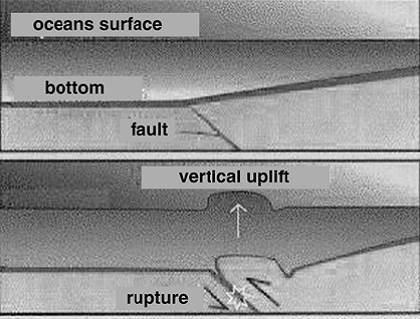
Figure 2: Underwater earthquake resulting in uplift of ocean surface.
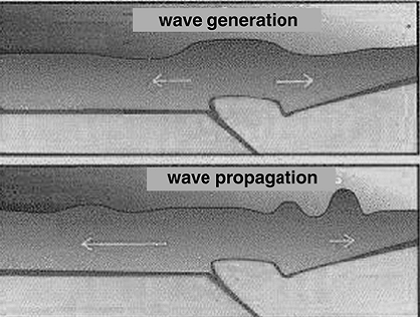
Figure 3: Wave propagation resulted as a result of the uplift action.
Near the undersea earthquake, the drop of ground results in the uplift of ocean surface, pushing the entire column of water up and propagate. The water displacement is transferred to all directions. In deep water, the tsunami wave height is so small that it can passes through a ship in the ocean unnoticeable.
The initial tsunami near the generation point has a great wave length, ranging from 80-200 km whereas the maximum ocean depth is about 10 km. This makes the tsunami wave length much larger than the water depth, therefore the calculation is based on shallow water analysis (d/L<< 0.05). The propagation speed of tsunami thus depends highly on water depth (c = √gd). The initial height of tsunami wave is usually the order of vertical bottom displacement, while the initial length of tsunami wave is the size of the disturbed area. As the tsunami travels to nearshore, the water depth decreases, the tsunami waves slow down and become compressed, causing them to grow in height (shoaling process).
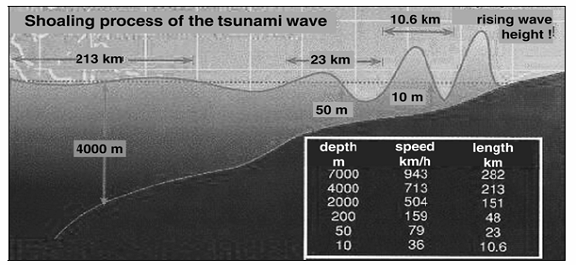
Figure 4: The shoaling process of tsunami wave.
A lot of tsunami images are depicted as great breaking water as in movies, however, most tsunamis arrive at nearshore with no breaking water. This results in a strong and fast tides arriving at the coast. Some tsunamis that break at nearshore is called bore.
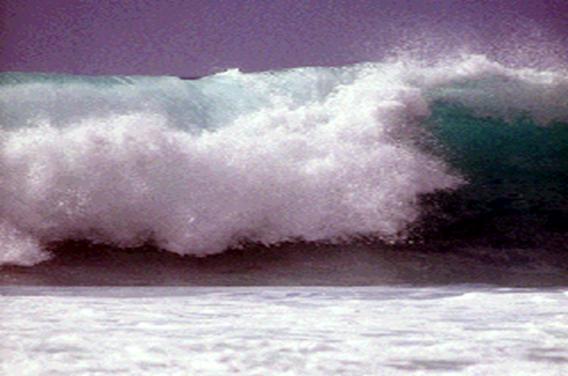
Figure 5: Tsunami arrives as breaking water (bore).
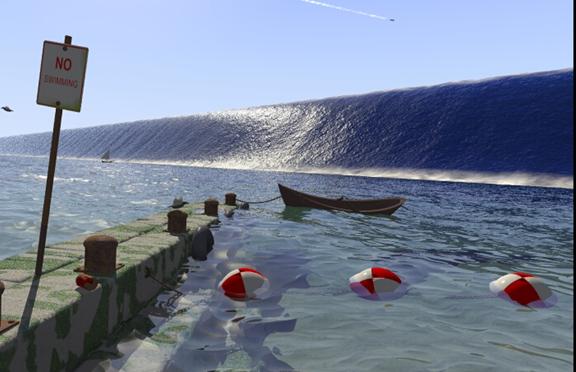
Figure 6: Tsunami arrives as non-braking water.
Due to the long wave characteristics of tsunami, the arriving waves at the coast travel much further inland than wind generated waves. The extent of the area affected by the tsunami is called run-up height. It is the height above the mean sea level at which the water reaches as the tsunami waves run out on the coast.